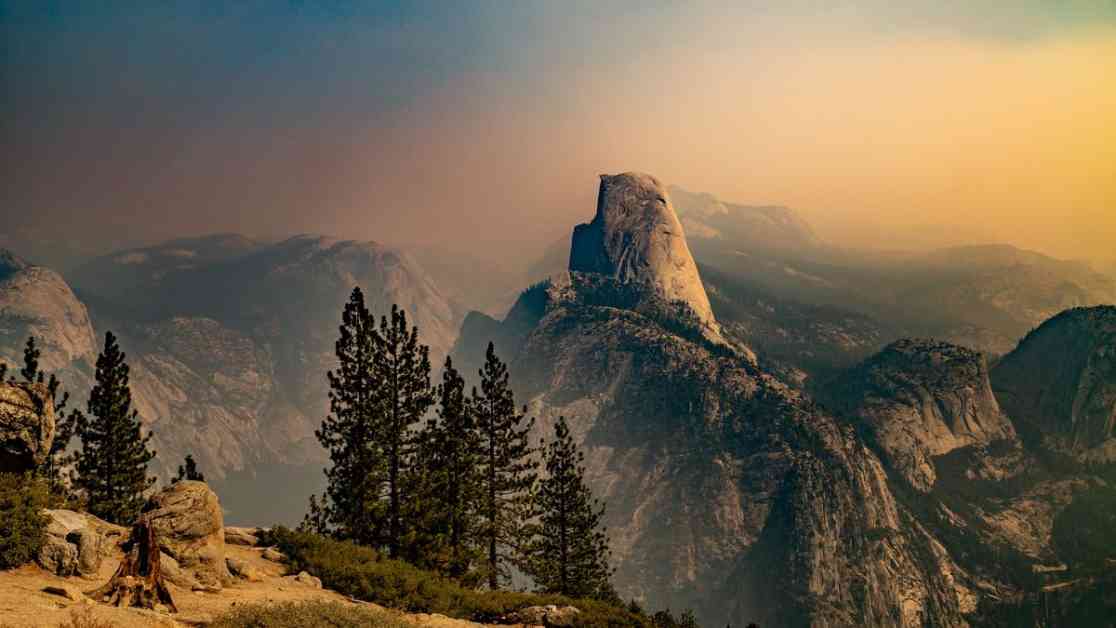Beneath the majestic Sierra Nevada mountains in California, a fascinating geological phenomenon is unfolding, known as lithospheric foundering. This natural process, which involves the peeling away of Earth’s crust, is currently occurring under the southern section of the Sierra Nevada range, with implications that could reshape our understanding of continental formation. While this may sound alarming, experts assure us that it’s a normal part of the Earth’s dynamic processes, offering insights into the origins of our continents and the intricate interplay of geological forces.
The concept of lithospheric foundering, where lighter materials in the crust separate from heavier materials, provides a glimpse into the intricate processes that shape the Earth’s surface. As continental crust, which is less dense than oceanic crust, rises and endures longer periods, it plays a crucial role in creating the continents that support life as we know it. A recent study led by geoscientists Vera Schulte-Pelkum and Deborah Kilb has shed light on the ongoing foundering process beneath the Sierra Nevada mountains, revealing a complex interplay of geological forces that have been at play for millions of years.
In their research, Schulte-Pelkum and Kilb analyzed earthquake records spanning nearly four decades to uncover evidence of lithospheric foundering below the Sierra Nevada range. By examining seismic waves and measuring anisotropy, a property that indicates the orientation of rock layers, the researchers were able to identify a layer between 25 and 43 miles deep where rocks are shearing away from the crust above. This process is most pronounced in the central Sierra region, near Yosemite National Park, where the layer is actively descending into the mantle, showcasing the dynamic nature of the Earth’s crust.
The implications of this ongoing process extend far beyond the Sierra Nevada mountains, with similar phenomena potentially occurring in other regions of the world. Schulte-Pelkum suggests that the same continental-crust building process could be at play in locations such as New Zealand, Turkey’s Anatolian plateau, and the Carpathian Mountains in eastern Europe, highlighting the global significance of these geological processes. By studying these phenomena in different regions, scientists hope to gain a more comprehensive understanding of how continents evolve and transform over time.
While the idea of Earth’s crust peeling away beneath our feet may seem unsettling, it serves as a reminder of the dynamic nature of our planet and the ongoing processes that shape its surface. As we continue to unravel the mysteries of lithospheric foundering and its implications for continental formation, we gain a deeper appreciation for the intricate forces that have shaped the world we inhabit. So, the next time you find yourself gazing out at the breathtaking expanse of the Sierra Nevada mountains, remember that beneath your feet, a remarkable geological dance is unfolding—one that has been millions of years in the making.










